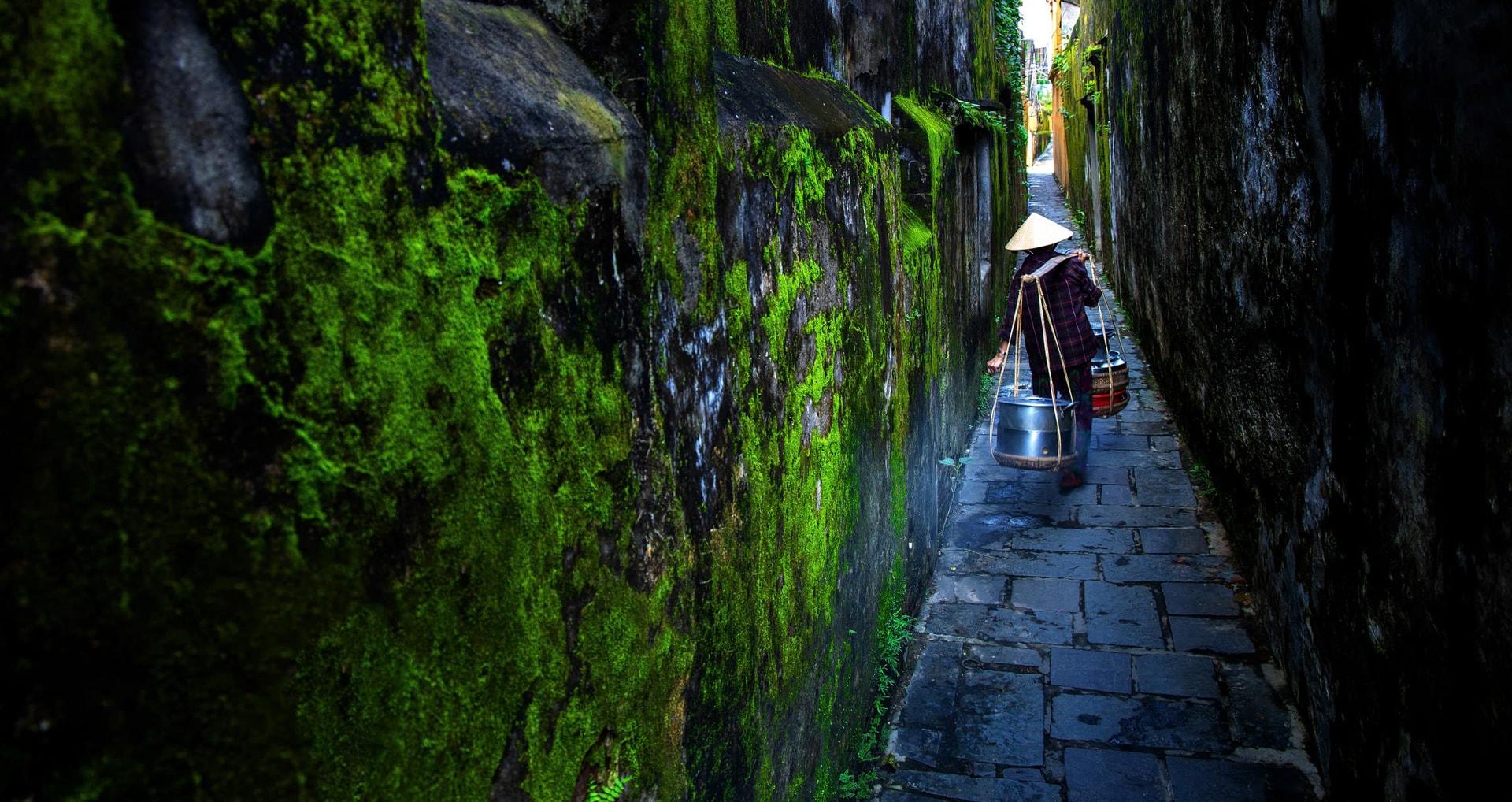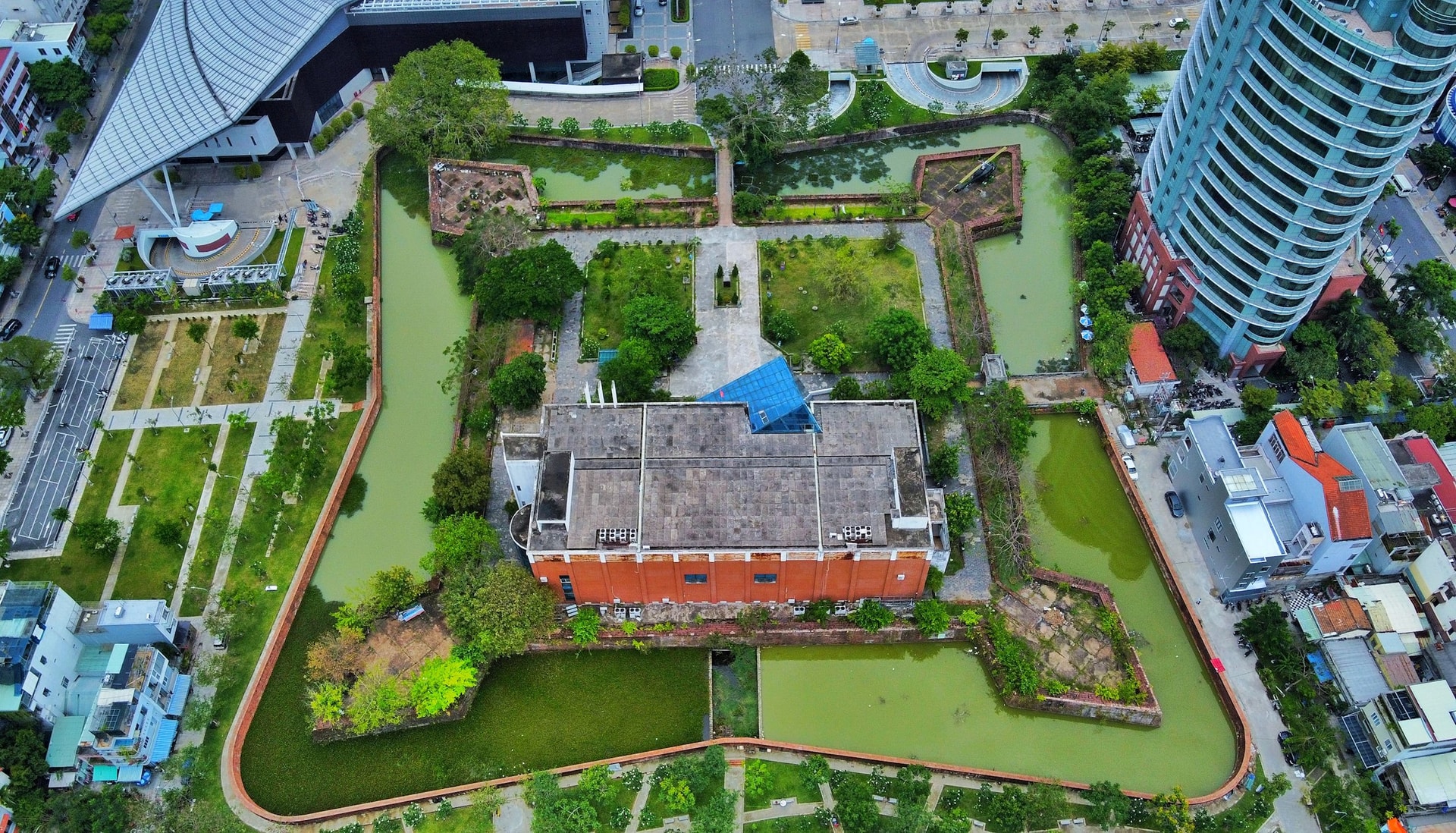
1. Besides the architectural heritage formed during the colonial period, urban areas also preserve traditional heritage: communal houses, pagodas, assembly halls, temples, ancient houses, or ancient town complexes such as Hoi An or Cho Lon... These structures are scattered throughout the urban area, sometimes being the center of an ancient village or a community.
Urbanization throughout the 20th century changed the landscape and even destroyed many ancient structures.
Urban heritage is not only typical works of architecture of a time, but also contains and preserves in it many memories and stories about the history and people of the city. Through the historical process, the architectural and landscape characteristics become the unique identity of each city. That is why countries attach importance to the preservation of urban heritage.
There are many scientific fields and state management agencies involved in the research of preserving and promoting the value of urban heritage. In recent years, urban archaeology has been considered an important field in this process, due to its in-depth and interdisciplinary nature.
Currently, in the process of urbanization, many localities do not care about preserving urban architectural works but often demolish them to build "modern" works. This shows that the understanding of the value of urban cultural heritage is still limited, leading to the "denial" of historical and cultural evidence of the modern and contemporary times.
Underground, the cities also have prehistoric relics. Because the locations of the cities are also convenient areas for ancient communities to live: high hills, near rivers or where rivers intersect, estuaries - bays...
Currently, the excavation of relics faces many difficulties because of the later architectural works built on top. Therefore, only when existing works are demolished for reconstruction, or cleared for construction of traffic infrastructure, etc., will archaeologists have the conditions to survey, excavate, research, and propose appropriate solutions.
Therefore, in Vietnam, urban archaeologists focus on working with relics that still exist on the ground: researching, classifying, determining types, functions, evaluating characteristics, historical and cultural values. From there, propose excavation, conservation, restoration or reconstruction if necessary. In particular, propose solutions to promote the value of urban heritage in contemporary life in an appropriate way, typically the case of Thang Long Imperial Citadel...
There are very few urban areas that are "designated" as cities, but the trend of urbanization and modernization is irreversible. Therefore, no matter what name they are given, Da Nang , Hoi An, Tam Ky and the new urban areas that will be formed still need to preserve and develop their urban and traditional heritages.
2. Da Nang city is located in the geographical - cultural and historical context of Quang region, a multi-cultural region: mountains, midlands, plains, coast, sea and islands.
As of early 2025, Quang Nam province (formerly) has 458 ranked relics, including 4 special national relics (Hoi An Ancient Town and My Son Sanctuary are both special national relics and World Cultural Heritage), 67 national relics, 387 provincial relics. In addition, there is the Cu Lao Cham - Hoi An World Biosphere Reserve. Da Nang city (formerly) has 88 ranked relics, including 2 special national relics, 17 national relics and 69 city-level relics.
Thus, the relic system of Da Nang city (new) includes all types: world heritage, archeology, art architecture, revolutionary history, scenic spots... Besides, there is also a system of intangible cultural heritage, rich and diverse documentary heritage, not to mention hundreds of works and locations in the list of relic inventory according to the provisions of the Law on Cultural Heritage.
Like other cities, urban heritage conservation in Da Nang faces many difficulties due to a very outdated concept, which is "the conflict between conservation and development".
Besides the physical heritages that have been preserved and promoted (through tourism development) such as Hoi An, My Son, museums and relics in the city, craft villages, Cu Lao Cham..., many landscapes have been transformed by modern constructions (in the areas of Ba Na, Son Tra, Ngu Hanh Son, the coast from Da Nang to Hoi An...), more or less reducing the value of natural heritage and affecting the interests of the community. It should be noted that, besides the two world heritages, the mountain and sea landscapes of Da Nang are an important competitive advantage compared to many tourist centers both at home and abroad.

3. In order to protect this cultural heritage system, limit the damage caused by the modernization process and urban displacement during the administrative merger period, the Da Nang city government needs to clearly identify: heritage conservation is a special method of sustainable development.
Therefore, it is necessary to implement fundamental and scientific solutions. Starting from making heritage conservation planning a component of socio-economic development planning, from there, building plans for surveying and inventorying relics, conducting archaeological excavations, creating systematic maps of works and relics and regularly updating the status as well as forecasting impacts (of nature and society).
Continue to preserve and restore relics, minimize impacts and destruction of natural landscapes, strictly protect vulnerable areas. Develop cultural tourism and resort tourism in the direction of sustainable tourism.
At the same time, with the whole society seriously implementing the Law on Cultural Heritage, the synchronization of relevant state management agencies, and the important experience that has been successfully applied in many countries, there is a consistent viewpoint: Urban heritage belongs to the community, must be considered a social capital serving the community's interests, and actively contributes to sustainable development. Historical and cultural heritage can only be preserved and promoted when the community has the opportunity to participate in contributing to the urban management mechanism, especially the policy and implementation of cultural heritage conservation policies.
Source: https://baodanang.vn/khao-co-hoc-do-thi-nhung-chuyen-tren-bo-duong-dai-3300859.html


![[Photo] 60th Anniversary of the Founding of the Vietnam Association of Photographic Artists](/_next/image?url=https%3A%2F%2Fvphoto.vietnam.vn%2Fthumb%2F1200x675%2Fvietnam%2Fresource%2FIMAGE%2F2025%2F12%2F05%2F1764935864512_a1-bnd-0841-9740-jpg.webp&w=3840&q=75)




![[Photo] National Assembly Chairman Tran Thanh Man attends the VinFuture 2025 Award Ceremony](/_next/image?url=https%3A%2F%2Fvphoto.vietnam.vn%2Fthumb%2F1200x675%2Fvietnam%2Fresource%2FIMAGE%2F2025%2F12%2F05%2F1764951162416_2628509768338816493-6995-jpg.webp&w=3840&q=75)






































































































Comment (0)